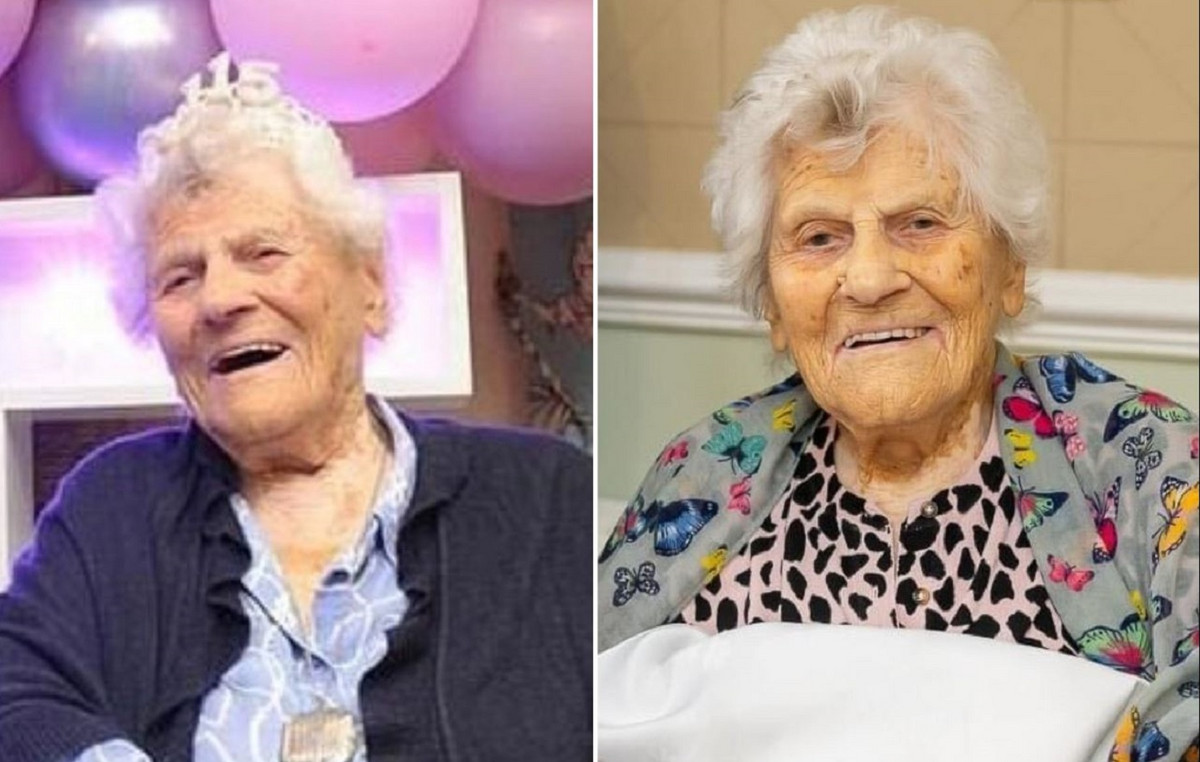The Brazilian Institute of Geography and Statistics announces this Wednesday (21), National Day of Struggle for People with Disabilities an unprecedented study on disability and social inequalities in Brazil.
The survey is based on the 2019 National Health Survey (PNS). In that year, there were 17.2 million people aged two years and over with some type of disability in the country. Most are concentrated in the age group of 60 years and over (24.8%), being mainly women and more black or brown people. Regarding the type of disability, most cases involve the lower limbs.
The survey reveals statistics on entry into the labor market, income profiles, access to education and health services, as well as housing characteristics.
Job
Among the different indicators recommended for the assessment of population insertion in the labor market the participation and unemployment rates stand out.
The participation rate is calculated by dividing the workforce (employed and unemployed people) by the total working age population (14 years and over) and shows the engagement of this population in the market. The unemployment rate, on the other hand, indicates the effect of the interaction of those who sought an occupation, but were not successful, remaining or becoming unemployed.
The IBGE study points out that people with disabilities aged 14 or over had lower rates of participation in the labor market (23.8%) and formalization (34.3%). Among people without disabilities, the rates are, respectively, 66.3% and 50.9%.

Unemployment in this population was also higher (10.3%) than among people without disabilities (9%). The difference in the unemployment rate between people with and without disabilities is greater in the young population. The rates are, respectively, 25.9% and 18.1%.
The analysis highlights that entering the job market, especially from formal occupations, is a challenge for people with disabilities.
Income
People with disabilities received two-thirds of the income of those without disabilities. The amounts are, respectively, R$1,639.00 and R$2,619. According to the study, this difference is accentuated in activities such as domestic services, agriculture and accommodation and food.
In 2019, 5.1% of people with disabilities were below extreme poverty (US$1.9 per day). Among those without disabilities, this percentage is 5%. Among people living below the poverty line (US$ 5.5 a day), 18.2% had a disability. Among those without disabilities, the rate is 22%.
The US$1.9 per day per capita line is used to measure poverty globally, as advocated in the Sustainable Development Goals (SDGs), while the US$5.5 per day per capita line is recommended by the World Bank for measure poverty in middle/high income countries, such as most parts of Latin America, including Brazil.
According to the IBGE study, the US$ 1.9 line represented R$ 151 per month per person, while the US$ 5.5 line, R$ 437, in 2021 values.
The survey also shows that people with disabilities have less access to the internet (68.8%) than people without disabilities (86.1%). People with disabilities also have less access to the sewage system, water through the general network and garbage collection (58.2%). In those without disabilities, 62.4% had access.

Education
In addition to a violation of the rights of people with disabilities, barriers to education represent difficulties for well-being and quality of life and can compromise future capacities, such as insertion in the labor market, political participation, and social life.
The 2019 School Census, carried out by the National Institute for Educational Studies and Research Anísio Teixeira (Inep), shows that the proportion of schools in the early years of elementary school with adapted infrastructure for students with disabilities reached 55%. For schools in the final years of elementary school, this proportion was 63.8%, and for high schools, 67.4%.
The study points out relevant regional inequalities in territorial distribution, with only 33% of high schools in São Paulo, for example, being adapted, against 96.1% in Santa Catarina, in 2019.
People with a disability had a lower net school attendance rate (86.6%) than those without a disability (96.1%). Among people with physical disabilities (between 66% and 68%) or more than one disability (59.3%), inequality is even greater. Regarding adapted schools, for students in the early years of elementary school, the rate was 55%; for final year students, the rate is 67.4%.
Educational policies are essential to improve access conditions for the population in general and for people with disabilities in particular, the study points out.
Health
With about half of people with disabilities aged 60 and over, access to healthcare for this population becomes even more necessary. The study shows that people with disabilities had less access to health insurance (18%) than people without disabilities (26.7%).
The 2019 National Health Survey investigated, among people aged 2 years and over with some difficulty in at least one of their functions, which of them received some care in rehabilitation, on a regular basis, in the last 12 months prior to the date of search.
Of the total number of people with disabilities, 21.9% were in rehabilitation, of which 58.1% had their treatment covered by the Unified Health System (SUS), and 41.9%, by health insurance, in a private or by another modality.

The study indicates that people with mental or physical disabilities regarding the use of the upper limbs used these services more, with a relevant difference in relation to coverage by the SUS. In the case of mental disability, public health represented 65.3% of access channels. In relation to physical disability regarding the use of upper limbs, the rate was 55.6%.
The survey also showed a higher percentage of use of rehabilitation services for people with disabilities of color or white race (24%) compared to those of color or black or brown race (20.4%). This difference in access to rehabilitation services was positively related to the inequality of access to such services through health plans, private or other types, whose percentages were 54.5%, in the case of care for white people, against 31, 5%, for black or brown people.
Assistive devices, for example, were used by 62.1% of people with disabilities. In this type of service, sociodemographic inequalities were also relevant. More women had access to assistive devices than men (67.5% against 53.5%), as well as more white people than black or brown people (70.0% against 56.2%).
Still in relation to care, 90.6% of people with disabilities consulted a doctor or dentist in the last 12 months prior to the survey date, a percentage higher than that found for people without disabilities (83.9%). This proportion was higher for people with disabilities in all age groups and in terms of color or race and sex.
Source: CNN Brasil







